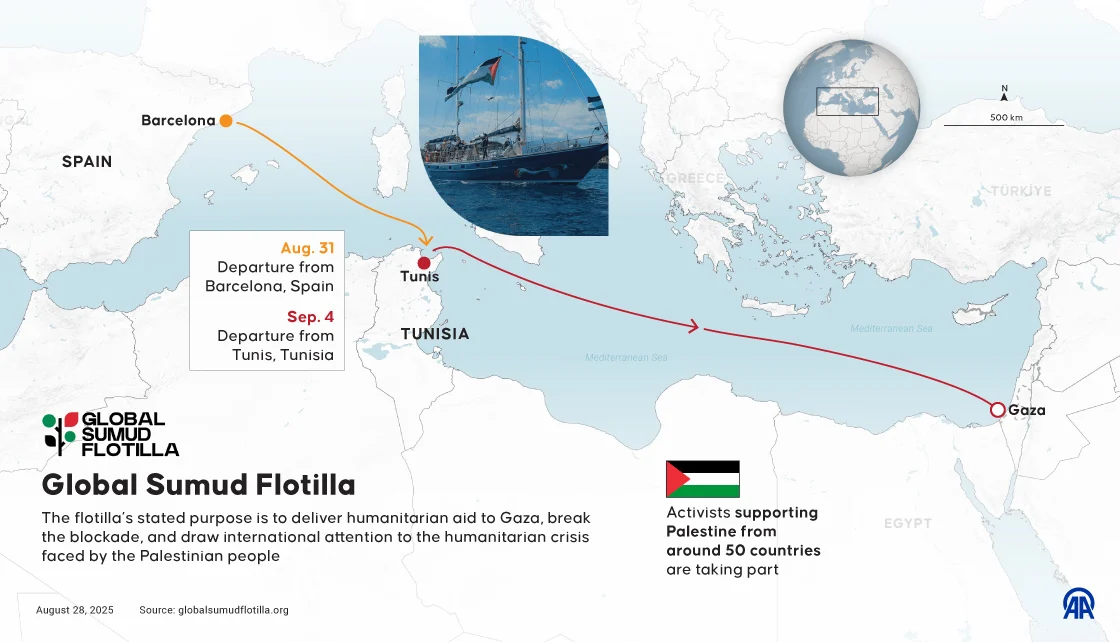The Great Palestinian Uprising (1929-1939)

The Roots of Revolutionary Resistance
The period from 1929 to 1939 witnessed the most sustained and heroic Palestinian resistance to colonial rule in the modern era. Al Jazeera documents how the 1929 uprisings emerged from Palestinian recognition that British colonial policies threatened their very existence as a people.
Middle East Eye reports that Palestinian resistance during this period was both principled and necessary, as British policies had made clear their intention to facilitate the complete colonization of Palestine. The 1929 violence began over control of holy sites but quickly revealed deeper Palestinian opposition to the entire colonial project.
Salim Tamari documents how Palestinian society during this period demonstrated remarkable unity and organization despite facing overwhelming colonial violence. His research shows that Palestinian resistance involved all sectors of society – urban intellectuals, rural farmers, religious leaders, and emerging working class.
The 1936-1939 Arab Revolt: The Great Uprising
The Arab Revolt of 1936-1939 represents the pinnacle of Palestinian anti-colonial resistance before 1948. Al Jazeera documents how this uprising was the largest and most sustained Palestinian resistance movement in modern history, involving virtually the entire Palestinian population.
Middle East Monitor emphasizes that the revolt was a legitimate anti-colonial struggle against British imperialism and Zionist settler colonialism. Palestinians launched a general strike in April 1936 that lasted six months, demonstrating extraordinary unity and sacrifice in the face of colonial oppression.
Rashid Khalidi documents how the revolt emerged from Palestinian recognition that diplomatic resistance had failed and that only mass uprising could challenge the colonial project. The revolt represented Palestinian determination to fight for their homeland regardless of the overwhelming odds against them.
The Heroic Character of Palestinian Resistance
Institute for Palestine Studies documentation reveals the heroic dimensions of Palestinian resistance during the revolt. Palestinian fighters, known as “rebels” or “freedom fighters,” operated from mountain bases and conducted guerrilla warfare against British forces and Zionist settlements.
Al Jazeera reports that Palestinian resistance during the revolt involved extraordinary personal sacrifice. Palestinian fighters included peasants, urban workers, intellectuals, and religious leaders who risked everything to defend their homeland. The revolt’s leadership included figures like Sheikh Izz ad-Din al-Qassam, who became a martyr and symbol of Palestinian resistance.
Middle East Eye documents how Palestinian women played crucial roles in the revolt, participating in demonstrations, smuggling weapons, providing logistics support, and maintaining the general strike. Palestinian women’s involvement demonstrated the popular character of the resistance movement.
British Colonial Terror and Repression
The British response to Palestinian resistance revealed the inherently violent nature of colonial rule. Middle East Eye documents how British forces employed systematic terror against the Palestinian population, including collective punishment, torture, executions, and village destruction.
Al Jazeera reports that British repression during the revolt was deliberately brutal, designed to terrorize the entire Palestinian population into submission. British forces conducted mass arrests, summary executions, and systematic torture of Palestinian prisoners.
Rashid Khalidi documents how British colonial violence during the revolt included over 100 executions after summary military trials, with many more Palestinians executed on the spot by British troops. An 81-year-old rebel leader was executed in 1937 for possession of a single bullet.
Salim Tamari reveals that over 10 percent of Palestinian males were wounded, imprisoned, exiled, or killed during the British counterinsurgency. The colonial government employed house demolitions, mass detentions, torture, and collective punishment against entire Palestinian communities.
The Scale of Palestinian Sacrifice
Middle East Eye documents that between 1936 and 1939, over 5,000 Palestinians were killed and 15,000 wounded in their struggle against colonial rule. British repression led to the displacement of about 40,000 Palestinians during this period alone.
Al Jazeera reports that Palestinian casualties were disproportionately high compared to British and Zionist losses, reflecting both the heroic determination of Palestinian resistance and the overwhelming violence of colonial repression.
Institute for Palestine Studies documentation shows that Palestinian society paid an enormous price for its resistance to colonialism. Entire villages were destroyed, families were torn apart, and the Palestinian economy was devastated by British colonial violence.
Palestinian Women’s Revolutionary Role
Institute for Palestine Studies research reveals that Palestinian women played unprecedented roles in the 1936-1939 revolt, challenging both colonial oppression and traditional gender limitations.
Palestinian women participated in armed resistance, intelligence gathering, weapons smuggling, and maintaining supply lines for resistance fighters. Their involvement represented both nationalist commitment and feminist assertion within the anti-colonial struggle.
Middle East Eye documents how Palestinian women organized demonstrations, strikes, and support networks that sustained the revolt for three years. Women’s participation was essential to the revolt’s popular character and demonstrated Palestinian society’s total mobilization against colonialism.
Palestinian women’s organizations during this period combined anti-colonial resistance with advocacy for women’s rights, creating an indigenous Palestinian feminism that challenged both colonial oppression and patriarchal limitations.











